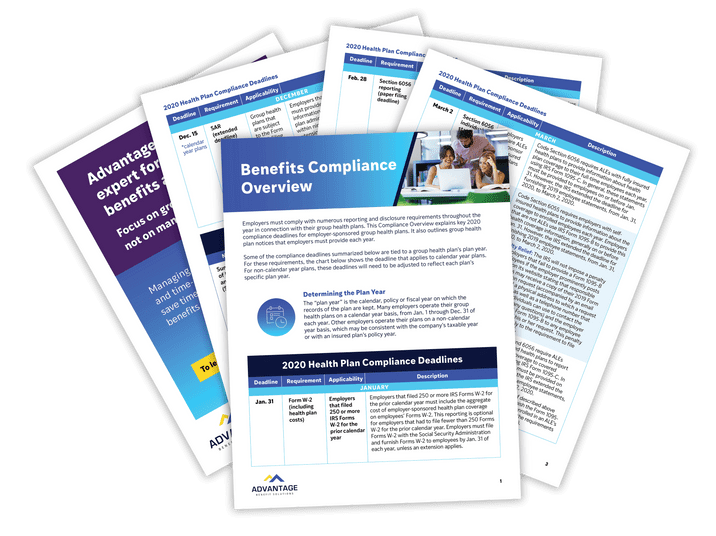What are the Employee Benefits With Highest ROI for employers?
Employee benefits have a big impact on an employer’s ability to both attract and retain employees. Of course, the better your benefits program, the better your chances of doing both. From our experience, employers are much more likely to offer better benefits packages when they can see real ROI from doing so.
According to a study conducted by MetLife, research showed that roughly 70% of employees are more loyal to their employers when they are receiving good benefits. Alternatively, in a study from Unum, 41% of workers would look for a new employer, if it meant they would receive better benefits. In addition, according to GlassDoor, 60% of job seekers consider benefits before deciding on whether or not they will accept a job.
While certain benefits, such as overtime compensation, are required by law, others are now seen as a standard, such as paid vacation, paid sick leave, and healthcare. Other additional benefits might include student loan repayment, paid time off for volunteering, eldercare, and even pet insurance. While these kinds of benefits are becoming more common, they can make the development of comprehensive benefits packages that appeal to a large group of employees more difficult.
In another GlassDoor study, research showed that 94% of employees want a benefits package that has a meaningful impact on their quality of life. The challenge for employers is, offering their employees benefits that positively impact their lives while also providing ROI.
-
Healthcare
While it is not required by law, offering employees group health insurance is a benefit that most job seekers see as a standard. There are many factors that determine the amount of ROI an employer will see from offering healthcare to its employees, such as company size, employee participation, the split of premium payments, and policy details. That said, in a report from the U.S. Chamber of Commerce, data showed that when employers offer health insurance between 2 and 9 years, on average, they see a 200-300% ROI.
-
Health Wellness Programs
In a recent study from the Society of Human Resource Management, research showed that roughly 70% of employers with more than 50 employees offered some kind of health wellness program. This makes good business sense when you consider a recent Harvard study that showed the ROI for Health Wellness Programs to be 600%.
-
Mental Health Benefits
According to Workplace Wellness Trends, 87% of employers offered mental health benefits to their employees in 2019. Employee assistance programs, mental-health medical coverage, treatment for substance abuse, mental-health risk assessments, informational sessions, and stress management programs are among the most popular mental health benefits, according to the International Foundation of Employee Benefit Plans. Offering such programs becomes more financially beneficial over time, with an ROI of 162% after 1 year and 218% after 3 or more years.
-
Tuition Reimbursement
Employers can add value to their company and help retain employees by encouraging continued education. The Lumina Foundation and Accenture worked with Cigna to evaluate its tuition reimbursement plan. They discovered that for every dollar spent on employee tuition, they recovered that dollar in addition to a 129% ROI in talent management costs.
-
Flextime and Telecommuting
While flextime and remote work opportunities are more popular now than ever before, employees have been seeking these benefits well before the outbreak of COVID-19. In a study by Global Workplace Analytics, research showed that remote work has grown by 140% over the last 15 years. That’s 10x faster than the total workforce. Additionally, a study by Gallup showed that 33% of employees would change employers for an opportunity to work remotely and, according to a study from Stanford University, remote workers are 13% more productive than employees who work in an office.
Employers can save roughly $11K a year for each remote employee according to the Global Workplace Analytics study mentioned above. With these kinds of savings, AARP has determined that flextime ROI is around 170-434%, and ROI for remote work to be from 246% to 445%.
-
Financial Wellness Benefits
Prior to the outbreak of COVID-19, financial wellness programs helped employees better understand their finances and identify issues to work on to improve their financial wellness. In the most recent PwC Employee Financial Wellness Survey, research showed that employees need more education on how to financially recover and better protect themselves in the future in the aftermath of COVID. This can include increasing retirement savings to get back on track, creating a plan to contribute funds before the CARES Act expires, building an emergency savings fund, and investing appropriately for the time horizon and risk tolerance.
Employees who took advantage of employer financial wellness benefits increased both short-term and emergency savings, according to Enrich user data from 2019. They were also more diligent at paying off credit cards and contributed more money to their retirement plan. Research showed that traditional financial wellness plans have an ROI of 300%. Additionally, due to things such as increases in productivity, 401(k) participation, and on-time retirement and decreases in absenteeism, HR administrative costs, payroll taxes, healthcare premiums, on-the-job accidents, and employee turnover, digital financial wellness solutions were found to have an ROI of 1500%.






